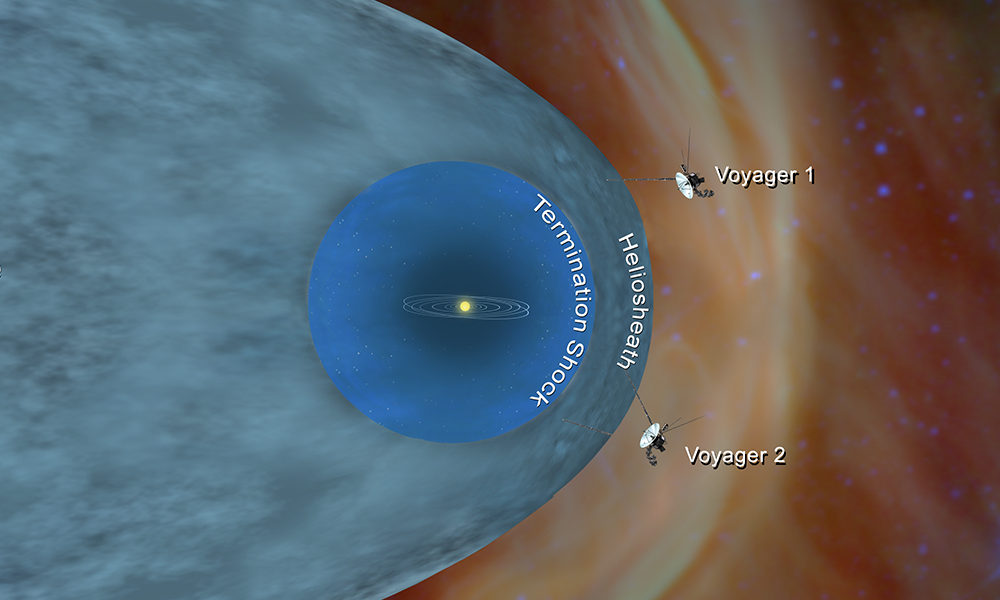US News
NASA’s Voyager 2 probe reaches interstellar space

NASA’s Voyager 2 probe has entered interstellar space, becoming the second man-made object to reach the edge of the solar system, the U.S. space agency announced on Monday after a 41-year-long journey.
Data from the spacecraft shows that Voyager 2 crossed the outer edge of the heliosphere on November 5, NASA said. This boundary is where the tenuous, hot solar wind meets the cold, dense interstellar medium.
Voyager 2 is now more than 11 billion miles (18 billion kilometers) from Earth. Data sent by the spacecraft moves at the speed of light and takes about 16.5 hours to reach scientists back on Earth.
Its twin, Voyager 1, entered interstellar space in August 2012, but Voyager 2 carries a working instrument that will provide the first-ever observations from this gateway into interstellar space.
While the probes have left the heliosphere, they have not left the solar system, which extends until the outer edge of the Oort Cloud. It would take 30,000 years for Voyager 2 to leave the solar system.
The probes were launched 16 days apart in 1977 and both flew by Jupiter and Saturn. Voyager 2, which also flew by Uranus and Neptune, was built to last only 5 years and is now the longest continuously operating spacecraft in deep space.

-

 World1 week ago
World1 week agoEthiopian volcano erupts for first time in thousands of years
-

 Legal5 days ago
Legal5 days agoUtah Amber Alert: Jessika Francisco abducted by sex offender in Ogden
-

 US News4 days ago
US News4 days agoExplosion destroys home in Oakland, Maine; at least 1 injured
-

 Health5 days ago
Health5 days agoMexico’s September human bird flu case confirmed as H5N2
-

 World5 days ago
World5 days agoWoman killed, man seriously injured in shark attack on Australia’s NSW coast
-

 Legal1 day ago
Legal1 day ago15 people shot, 4 killed, at birthday party in Stockton, California
-

 Health4 days ago
Health4 days agoMarburg outbreak in Ethiopia rises to 12 cases and 8 deaths
-

 US News4 days ago
US News4 days agoEarthquakes rattle area between Salinas and Hollister, California




